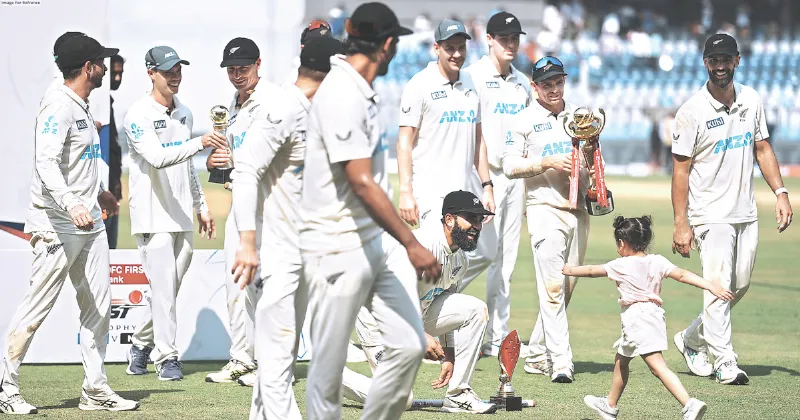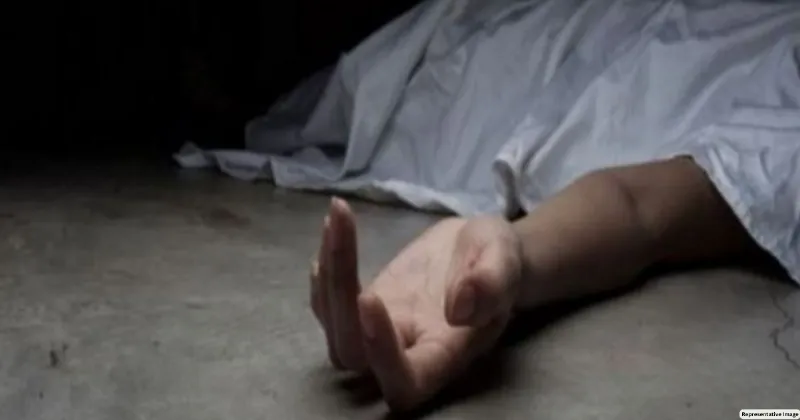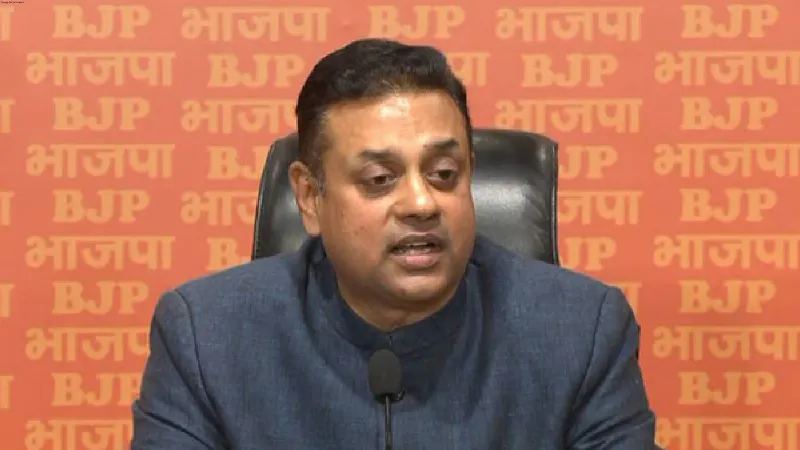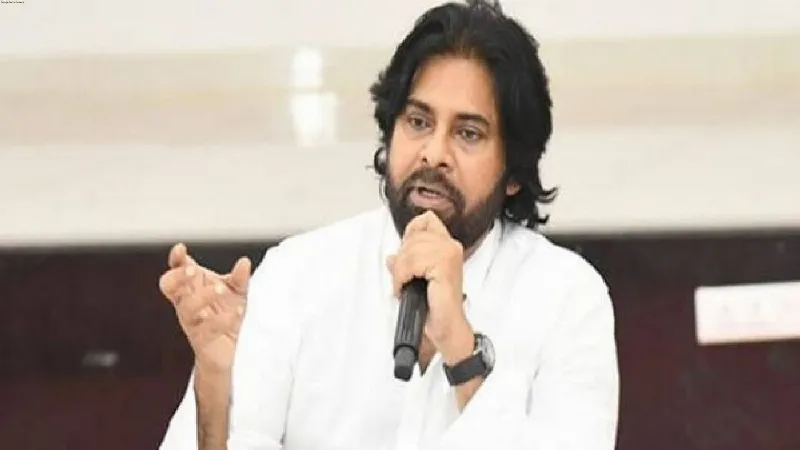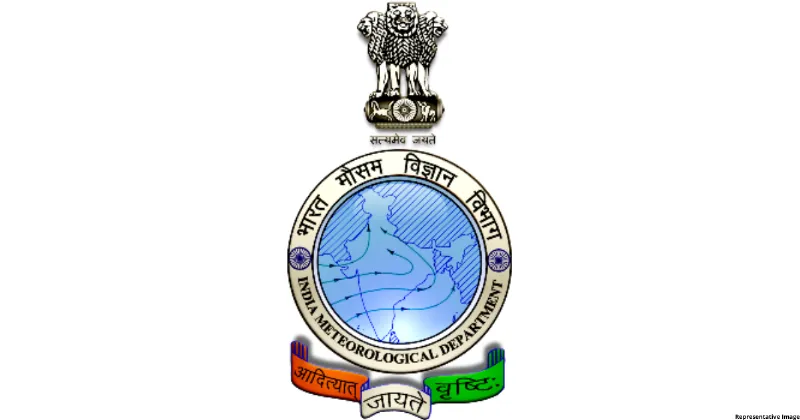Latest News
REFLECTIONS ON THE WAY OF STORYTELLING

The Art and Craft of writing Autobiographies and Biographies arrived in India in the first decade of 20th century.
DILIP HIRO BABAR NAMA WROTE
Dilip Hiro in his Preface to Babar Nama, writes, “While numerous rulers in the world established dynasties, Zahir Uddin Babar has the distinction of being the only known founder of a leading dynasty who kept a journal.” Babar wrote in Turkish. His grandson, Akbar (1556-1605) had it translated into Persian.
The manuscript fortunately survived. Those of Kalidas did not. Kabir was, broadly speaking illiterate but most of his dohas and ‘poems’ survive. For centuries the oral preceded the written in India. Alas! Very few Indians have private libraries. I implored my IFS colleagues and friends to do so. All in vain. Exceptions no doubt exist. That is not good enough. From my early teens I have been a voracious reader and buyer of books. Today I have a library of 6,000 books. Autobiographies and biographies fill many shelves.
NEHRU IN ONE OF HIS BOOKS...
Jawaharlal Nehru in one of his books wrote, “For me the absence of books would be greatest deprivation.” I could say the same about myself. Many of my literary friends were eminent authors. EM Forster, Mulk Raj Anand, RK Narayan, Raja Rao, Ahmed Ali (Twighting Light in Delhi), Thakazi Sivesenkare Pillai, Santha Rama Rau, Han Suyin, Amrit Rai, Nirad C Choudhary. They have all passed away. I am myself in my 94th year.
C RAJAGOPALACHARI’S AUTOBIOGRAPHY
I got to know C Rajagopalachari (Rajaji) well. I kept pestering him to write his autobiography, but he did not agree. It would have in several ways a gem- What a life. Besides he wrote superb English, politically he was very near to Gandhiji and close colleagues of Sardar Patel, Nehru, Rajendra Prasad, Abul Kalam Azad, Sarojini Naidu. It is a thousand pities that Sardar Patel did not write his autobiography.
GANDHIJI’S AUTOBIOGRAPHY
Gandhiji’s autobiography, “The Story of My Experiences with Truth”, came out in 1927. The original was in Gujrati. His secretary and close confident Mahadev Desai translated it into English. I do not have the exact figures, but the book sold in lakhs and was translated into many languages. I bought my copy in August 1945. In the last chapter, “farewell” he wrote, “The time has now come to bring these chapters to a close.
“My life from this point onward has been public that there is hardly anything about it that people do not know….In bidding farewell to the reader, for the time being at any rate, I ask him to join with me in prayer to the God of Truth that He grant me the boon of Ahimsa in mind, word and deed.”
“AN AUTOBIOGRAPHY” BY NEHRU
In my judgement, between 1936 and 2023 three outstanding autobiographies, written in English are: “An Autobiography” by Jawaharlal Nehru, published in London in 1936. It is still selling. In the summer of 1912 Nehru was called to the Bar. In the early winter of the year he let for India “…….But now I returned for good, and I am afraid, as I landed in Bombay, I was a bit of a prig with little to command me.”
NIRAD C CHAUDHARY’S WRITE UP
The next is Nirad C Chaudhary’s “The Autobiography of An Unknown Indian”, published in London in 1951. It created a sensation. Its dedication caused the author no end of trouble. It reads, “To the memory of the British Empire in India which conformed subjecthood on us but without citizenship; to which yet every one of us throughout the challenge. ‘Civics Britanicus Sum’, because all that was gone and living within us was made, shaped and quickened the same British Empire.”
The Indian Edition was published by Jaico. The 32nd in 2013. Nirad C Chaudhary died in Oxford in 1999 having been born in 1897. The third is S. Gopal’s biography of his father, Dr S Radhakrishnan. Gopal was an eminent historian, educated at Oxford. For over a decade he was Director of the Historical Division in the Ministry of External Affairs.
GOPAL’S BIOGRAPHY OF HIS FATHER
Gopal’s biography of his father was published in 1989, by University Press, Oxford. Paragraph one of chapter one is staggering. “The future President of India was born on 20th September 1887. His parents, Sarvapalli Veeraswamy and Sitmma were a poor Brahmin couple. There is doubt if Veeraswamy was his father…..” Intellectual endowment and physical appearance both suggested that Radhakrishnan belonged to a different stock. Radhakrishnan himself accepted this version, and critical of his mother’s conduct, always, throughout her long life, kept her at a distance. But he was attached to the man who passed for his father.”
THE VIEWS EXPRESSED BY THE AUTHOR ARE PERSONAL
K NATWAR SINGH The author is Former Minister of External Affairs of India












